Red light therapy has gained significant popularity in the world of health and wellness, offering a non-invasive, scientifically supported approach to skin rejuvenation, pain relief, and overall well-being. Whether you are a healthcare professional, a licensed therapist, or an individual looking for an at-home solution, choosing the right professional red light therapy device requires careful consideration. With various models, treatment options, and specifications available, understanding the key factors can help you make an informed decision.
1. Understanding the Science Behind Red Light Therapy
Red light therapy (RLT) works by delivering specific wavelengths of light to penetrate the skin and stimulate cellular processes. These wavelengths, particularly in the range of 630-850nm, activate the mitochondrion, boosting ATP production and enhancing cellular regeneration. Scientific studies have demonstrated that red light therapy equipment can help with skin health, reduce inflammation, and even promote hair restoration.
2. Wavelengths and Their Impact
When selecting a light therapy device, ensure it offers specific wavelengths of light suitable for your needs. Different wavelengths penetrate at varying depths, impacting conditions like skin rejuvenation, acne, and pain management.
- Red Light (630-660nm): Targets skin conditions, including acne, pigmentation, and aging skin.
- Near-Infrared Light (810-850nm): Penetrates deeper into tissues, assisting in joint pain, osteoarthritis, tendonitis, and other therapeutic benefits.
A high-quality red light therapy machine will use red and near-infrared light to offer maximum therapeutic benefits.
3. LED vs. Laser Light Therapy
Both LED light therapy and laser light therapy are commonly used in professional devices, but their mechanisms differ:
- LED Therapy: Uses multiple light-emitting diodes (LEDs) to distribute energy across a wider treatment area, making it ideal for full-body treatments and at-home use.
- Laser Therapy: Delivers focused energy for targeted treatments such as pain relief, tendonitis, or carpal tunnel.
Consider a device FDA-cleared for body contouring or pain relief to ensure it meets professional standards.
4. Treatment Area and Hands-Free Options
Professional LED therapy devices come in various sizes, from compact handheld models to large full-body light therapy machines used in wellness centers and gyms. A hands-free design can be beneficial for skincare professionals and licensed professionals looking to streamline treatments. If targeting specific areas like the face, contour-shaped devices may provide more effective skin rejuvenation.
5. Safety and FDA Clearance
To ensure a safe and effective experience, look for an FDA-cleared light therapy device. Clinical trials and scientific evidence support the effectiveness of high-quality red light therapy equipment for various conditions like pain and inflammation, skin tone improvement, and acne treatment.
6. Medical-Grade vs. Consumer-Grade Devices
While some red light therapy machines are designed for at-home use, professional-grade equipment found in wellness centers, spas, and medical treatments typically provides higher power output and shorter treatment time. Healthcare professionals should consider light therapy equipment specifically designed for professional settings.
7. Skin Health and Anti-Aging Benefits
Red light therapy has been widely used in skincare to combat signs of aging. By stimulating collagen production, it helps reduce fine lines and wrinkles while improving skin elasticity. Clinical trials have also found that RLT can reduce redness, promote skin rejuvenation, and improve overall skin tone.
8. Hair Restoration and Hair Loss Treatment
Professional LED devices use red and near-infrared light to stimulate the scalp, increasing blood flow and encouraging hair growth. Those suffering from hair loss or thinning hair may find light therapy beneficial as part of a long-term hair restoration plan.
9. Pain Management and Inflammation Reduction
One of the key benefits of red light therapy is its ability to aid in pain management. Conditions like arthritis, joint pain, osteoarthritis, and tendonitis can benefit from light therapy. Devices use energy delivered through diode technology to reduce inflammation and accelerate healing.
10. UV Light vs. Red Light Therapy
Unlike UV light used in tanning salons, red light therapy does not cause skin damage. Instead, it helps heal wounds, improve pigmentation, and offer anti-bacterial benefits for acne and other skin conditions.
11. Device Quality and Customer Support
When selecting a red light therapy machine, consider a light therapy company that offers strong customer support. Check the customer service team response time, return policies, and warranty. Reliable brands often provide assistance via email for any questions regarding device functionality.
12. Comparing Treatment Options and Design Use
Some professional red light therapy devices offer multiple treatment options, allowing users to switch between blue light (for acne) and red or near-infrared light (for inflammation and pain relief). A high-quality design use ensures a durable and long-lasting therapy device.
13. User Testimonials and Scientific Studies
Looking at testimonial reviews and scientific studies can provide valuable insights into a device’s effectiveness. Some light therapy equipment, such as the Celluma series, has been tested extensively in clinical settings.
14. Popular Search Terms and Frequently Asked Questions
Before making a purchase, research popular search terms related to red light therapy to find out what other users are asking. Many frequently asked questions revolve around treatment time, effectiveness, and whether a device is suitable for different skin conditions.
15. How Long Until You See Results?
While results vary, most people notice improvements within a few weeks of using a high-quality red light therapy device. Treatments can last just minutes a day, making them a convenient addition to your health and wellness routine.
Conclusion
Choosing a professional red light therapy device involves understanding specific wavelengths of light, FDA clearance, medical treatments, and wellness applications. Whether you are targeting pain and inflammation, hair restoration, or skin rejuvenation, the right device can enhance your health and wellness journey. Always consider clinical backing, design use, and professional recommendations before investing in a therapy device that best suits your needs.
In our store we have a good solution for those who want to keep their skin in perfect condition. With its help, you can easily and effectively take care of your skin, achieving visible results after the first procedures! You can buy this cleaner at an optimal price in our store.
Summary
- Red light therapy uses specific wavelengths of light for various therapeutic benefits.
- Consider LED vs. laser light therapy based on your treatment needs.
- Choose an FDA-cleared device for safe and effective use.
- Devices designed for at-home use differ from professional LED machines.
- RLT can help with skin conditions, pain management, acne, hair growth, and joint pain.
- Research scientific evidence, customer testimonials, and clinical trials before purchasing.
- Ensure good customer service and after-sales support from your light therapy company.
- Results typically appear within weeks of using a high-quality device for minutes a day.
By carefully evaluating these factors, you can confidently invest in a light therapy machine that aligns with your wellness and skincare goals!

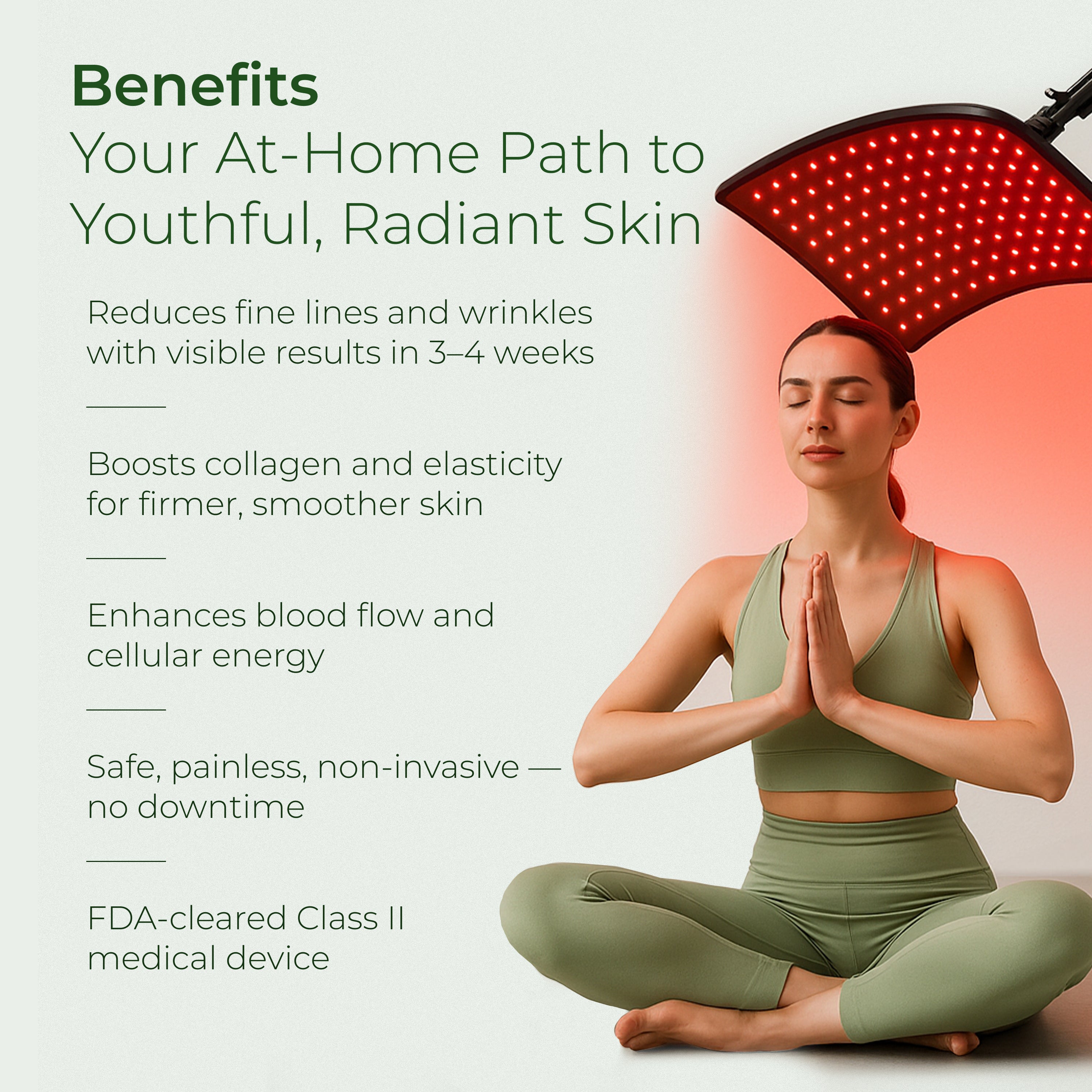
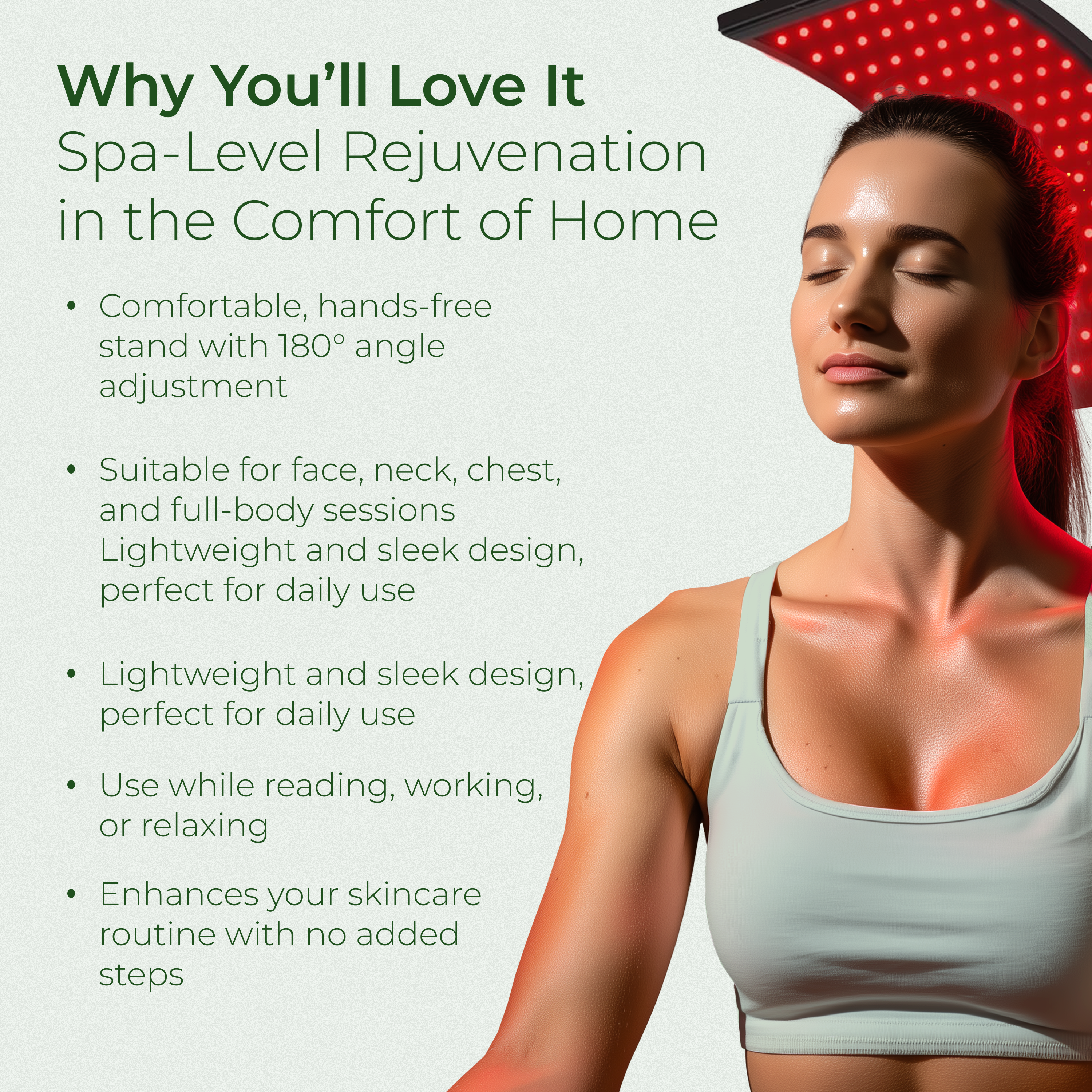
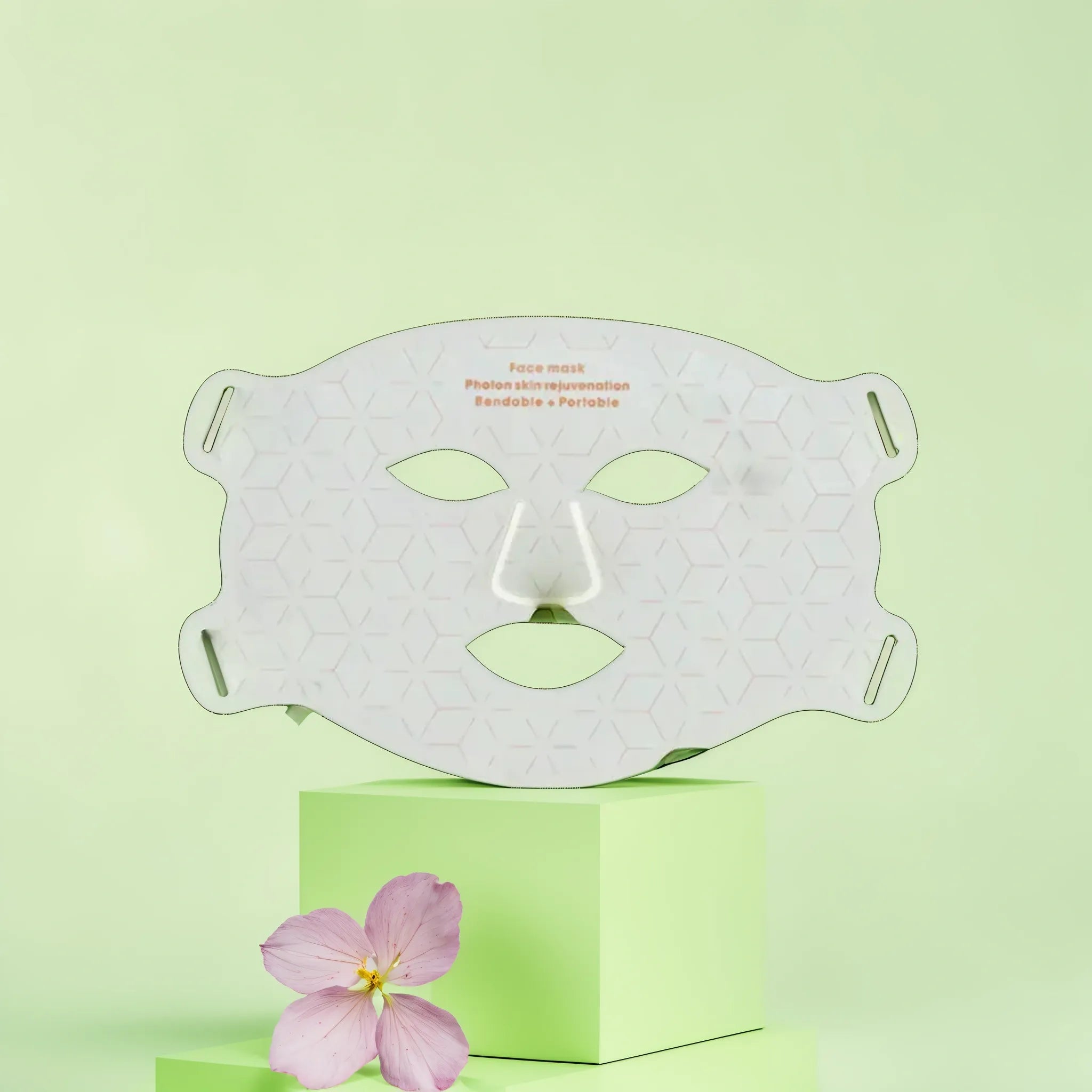
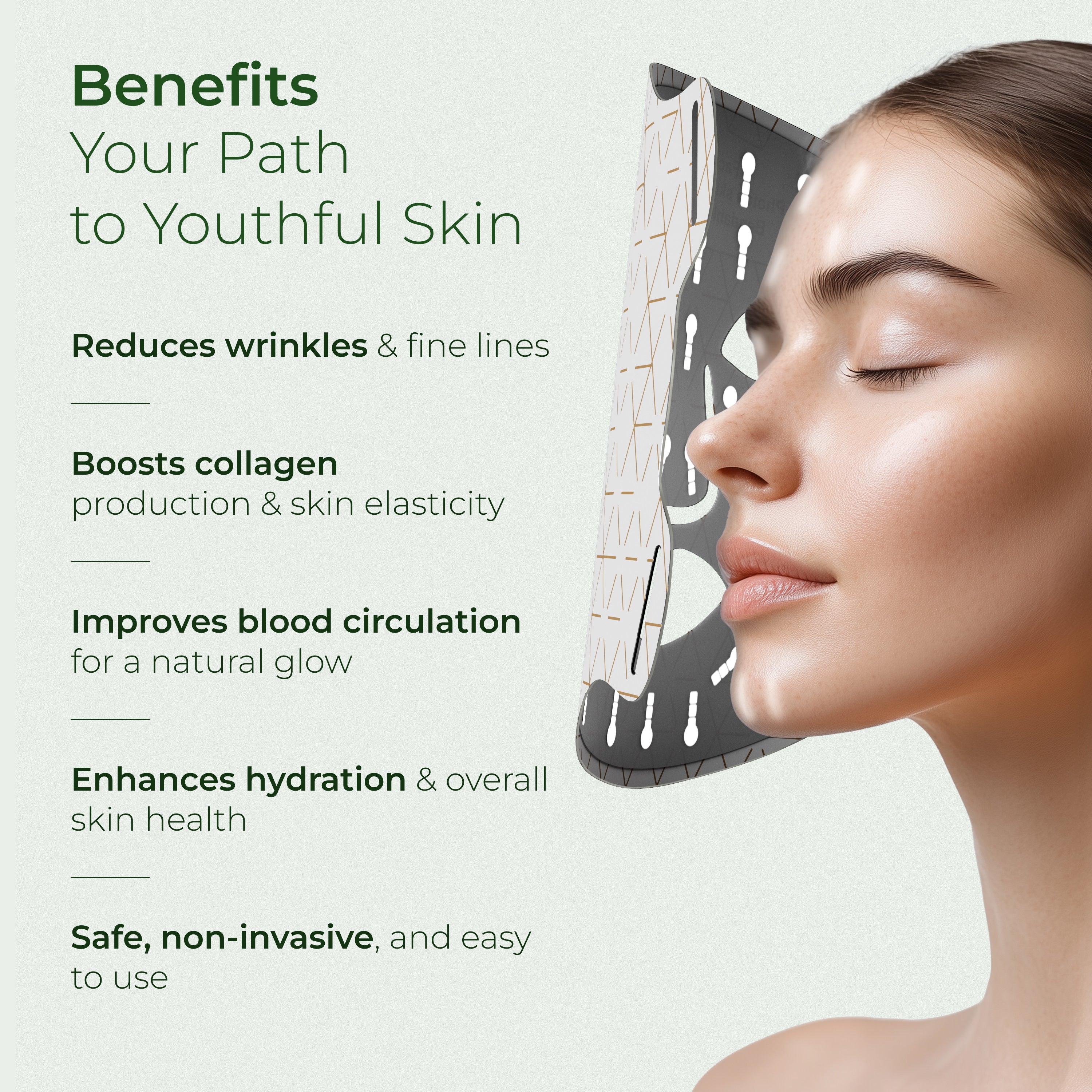


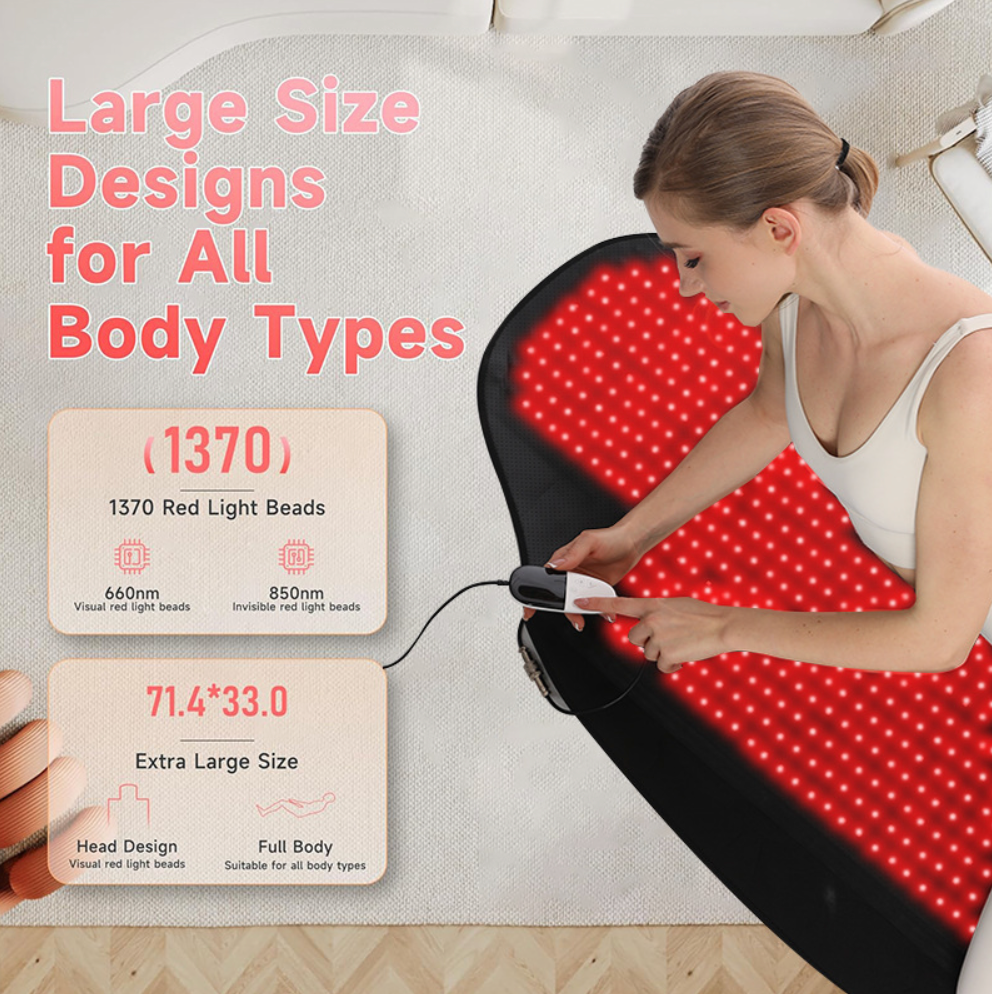
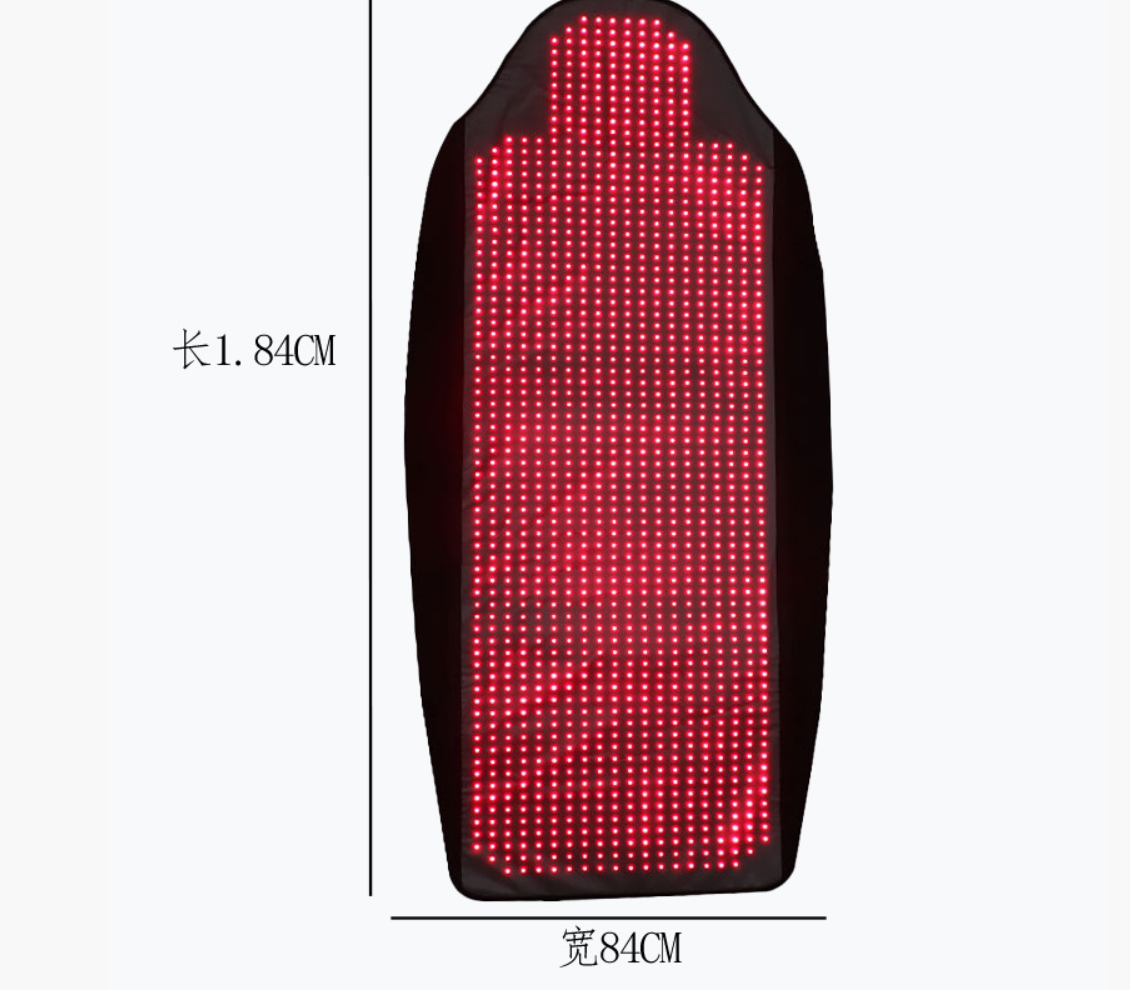

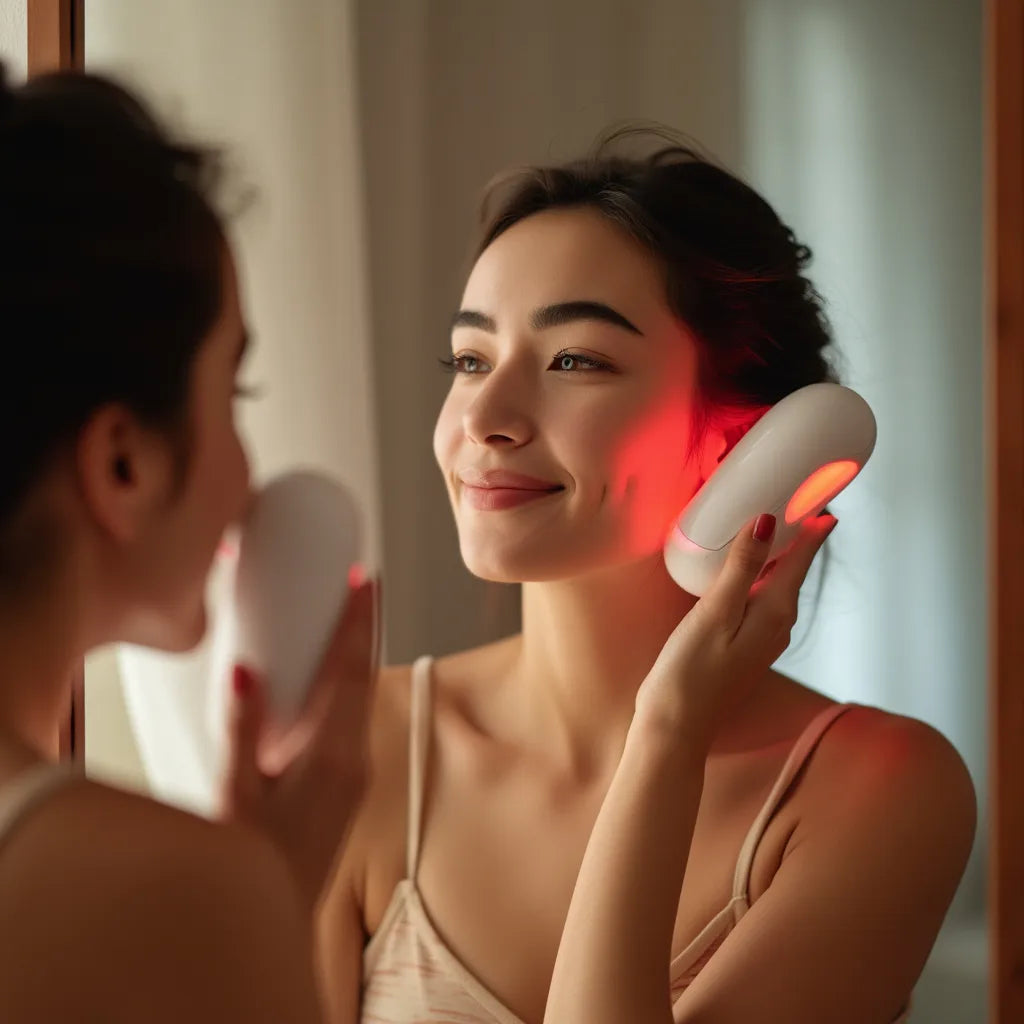
Laisser un commentaire
Ce site est protégé par hCaptcha, et la Politique de confidentialité et les Conditions de service de hCaptcha s’appliquent.